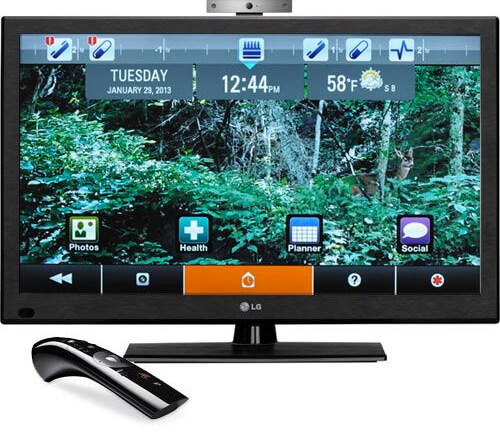Independa
I designed Independa's health and wellness service called Angela. Angela is a one of a kind Smart TV for older adults trying to stay independent. It has an enterprise side that enables care facilities to manage medical alerts, schedules, as well as the ability to monitor health measures. On the consumer side the TV allows the primary user to stay connected to a "Circle of Care" network through social components like Facebook and Skype. One of the most appealing aspects is the ability to view photos shared from a Facebook album in a big screen with ultra simple controls.

The problem
Independa had an amazing technology that allowed aging adults to remain independent in their homes while still remain connected to healthcare facilities and caregivers. This was a no brainer for enterprise caregiving facilities and sales seemed to be going well. The problem was that when the TVs were installed the patients did not want to use them. Another clear challenge was that the interface control was not a point and click with a mouse, but a remote control which requires a very strong visual cognitive response. Essentially we needed to humanize the technology by making Angela 'feel' like a companion.
Solutions
Aside from all other interactive challenges the primary goal was to ensure that Angela (software) mapped well with existing mental models for the device delivering the assistance. Two strong mental models we built on was to: 1) increase the entertainment factor already established by the nature of TV, 2) reduce the fear of new technology by not presenting itself as a "gadget" or computer they needed to learn. In short, many UX cliches like "don't make me think" became literal.




Outcomes
The customer feedback was very positive and Independa went on to winning the coveted CES INNOVATION AWARD IN “TECH FOR A BETTER WORLD” in 2015! Strong user centered design approach with design thinking, guidelines, patterns, and best practices proved to be a winner.